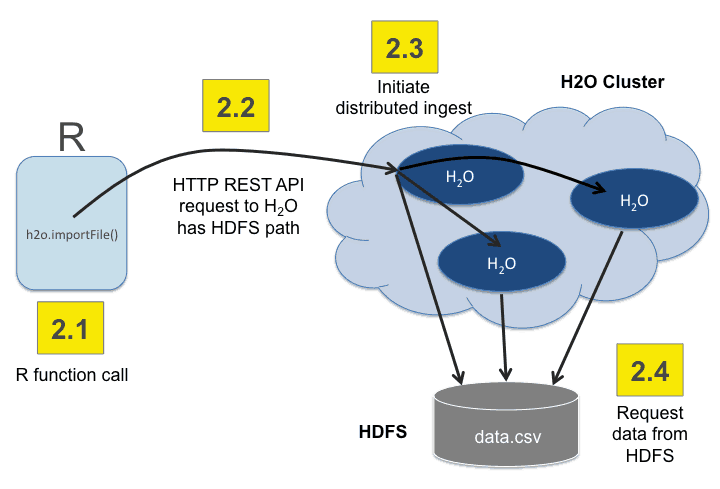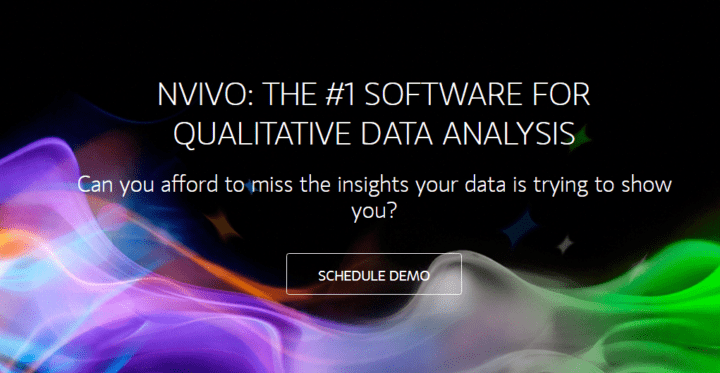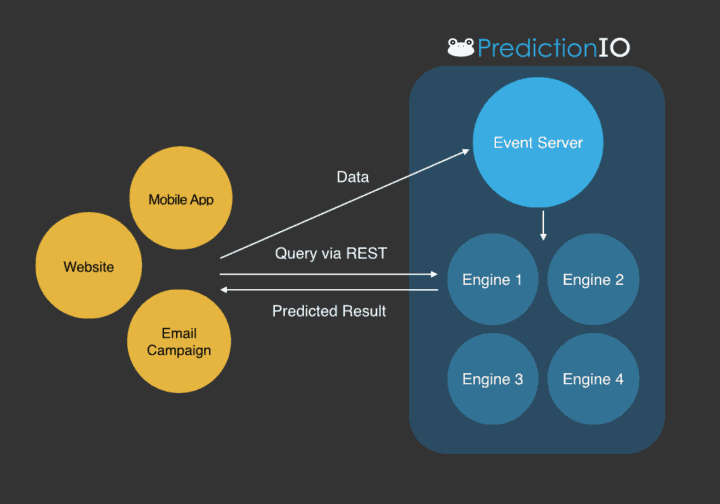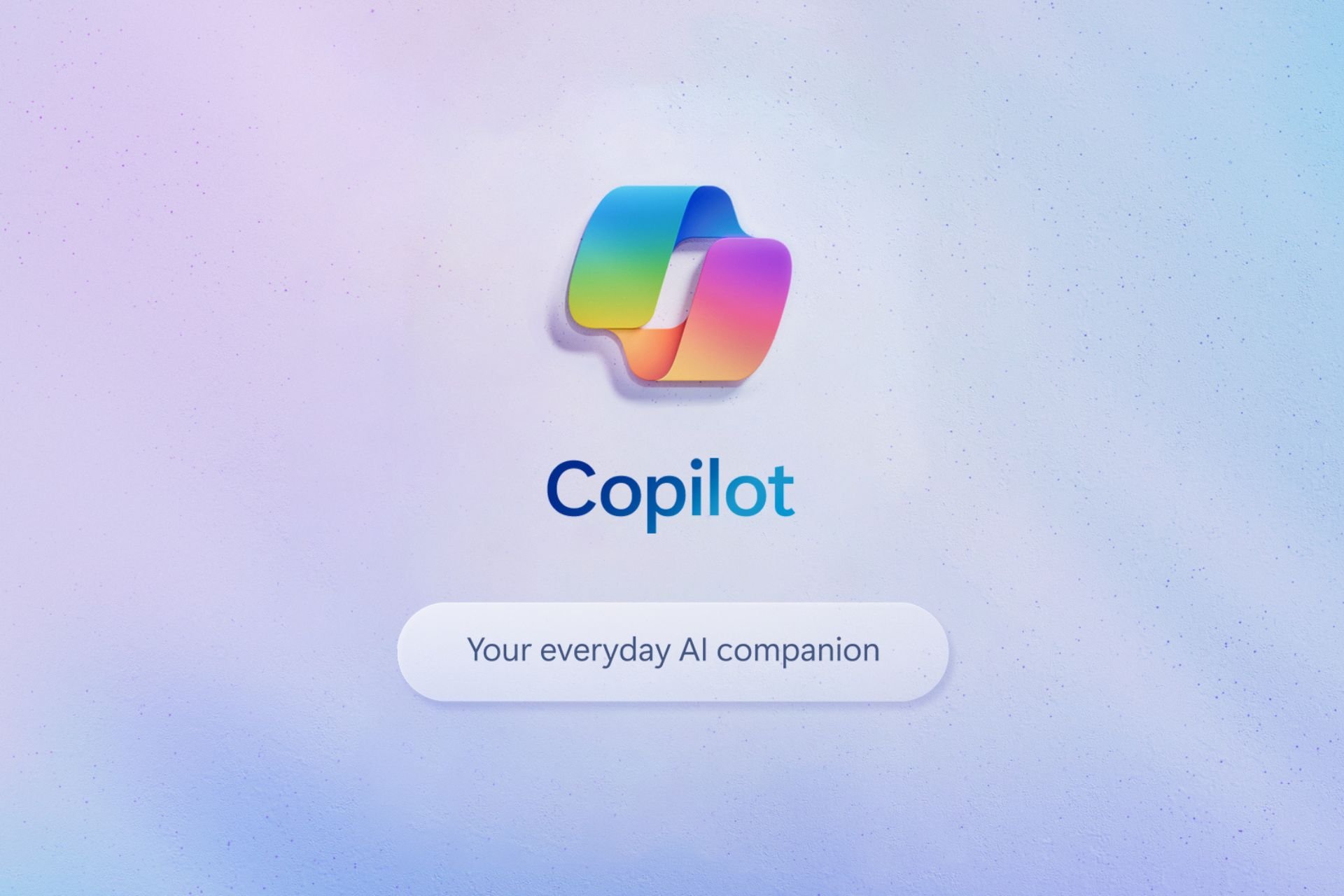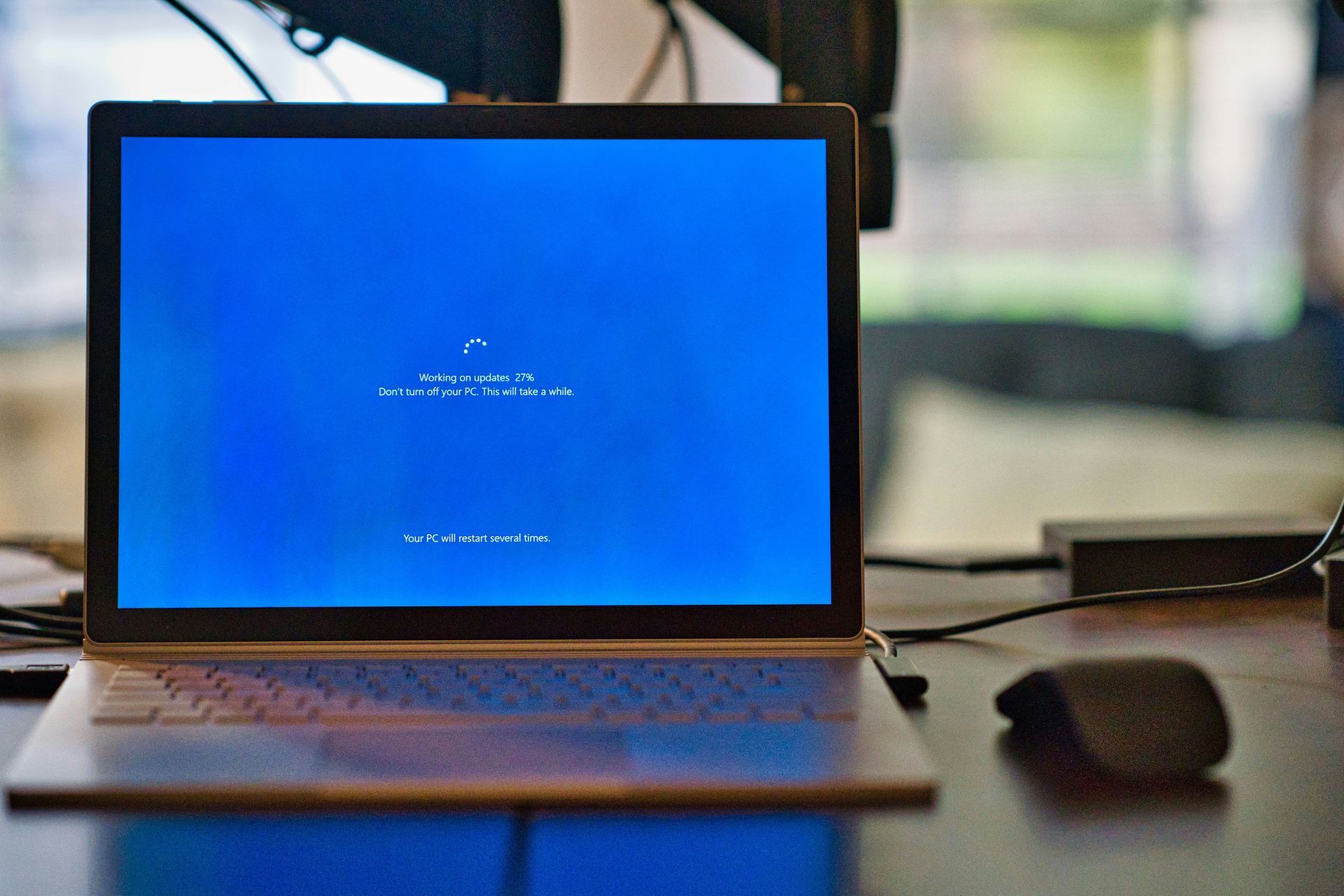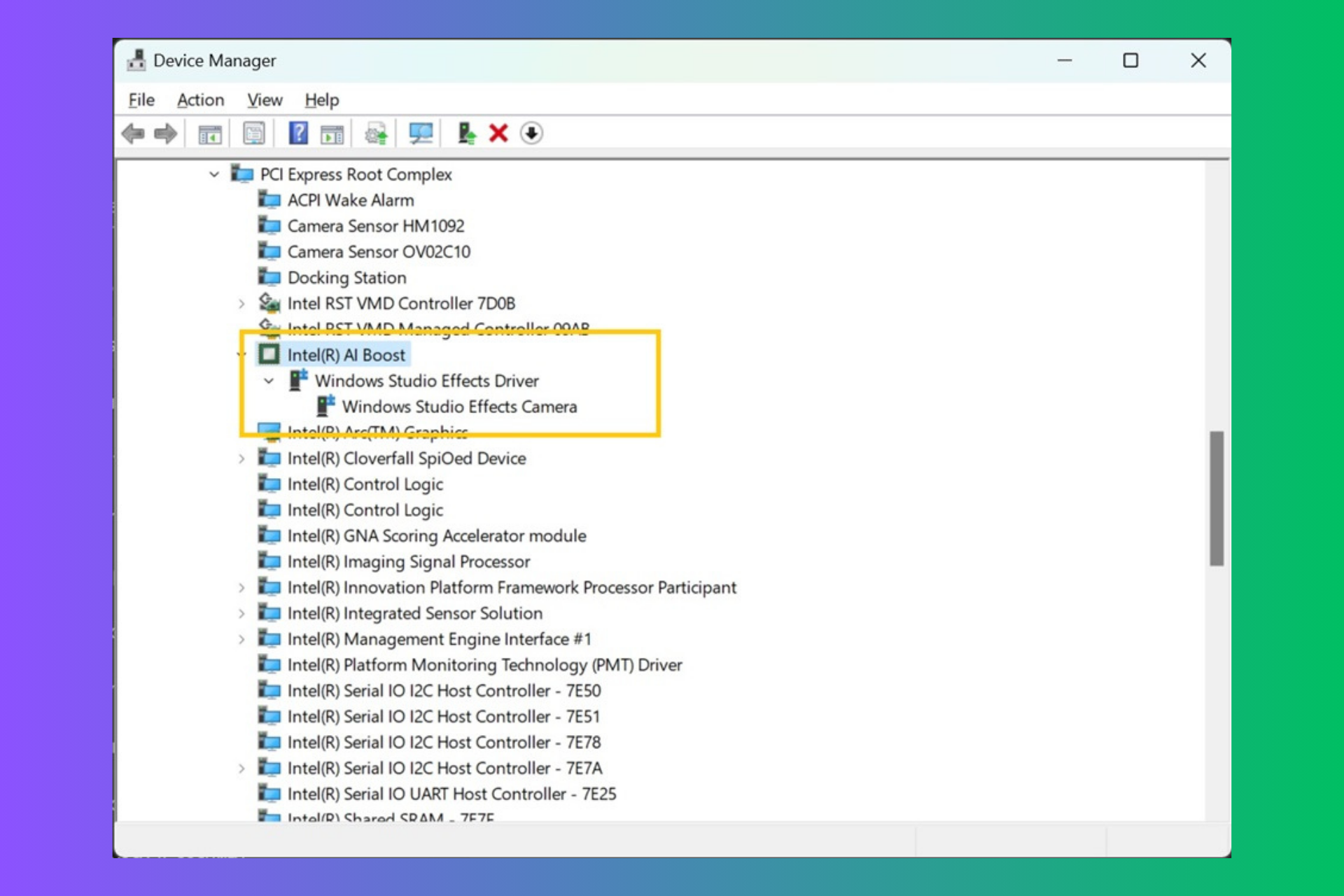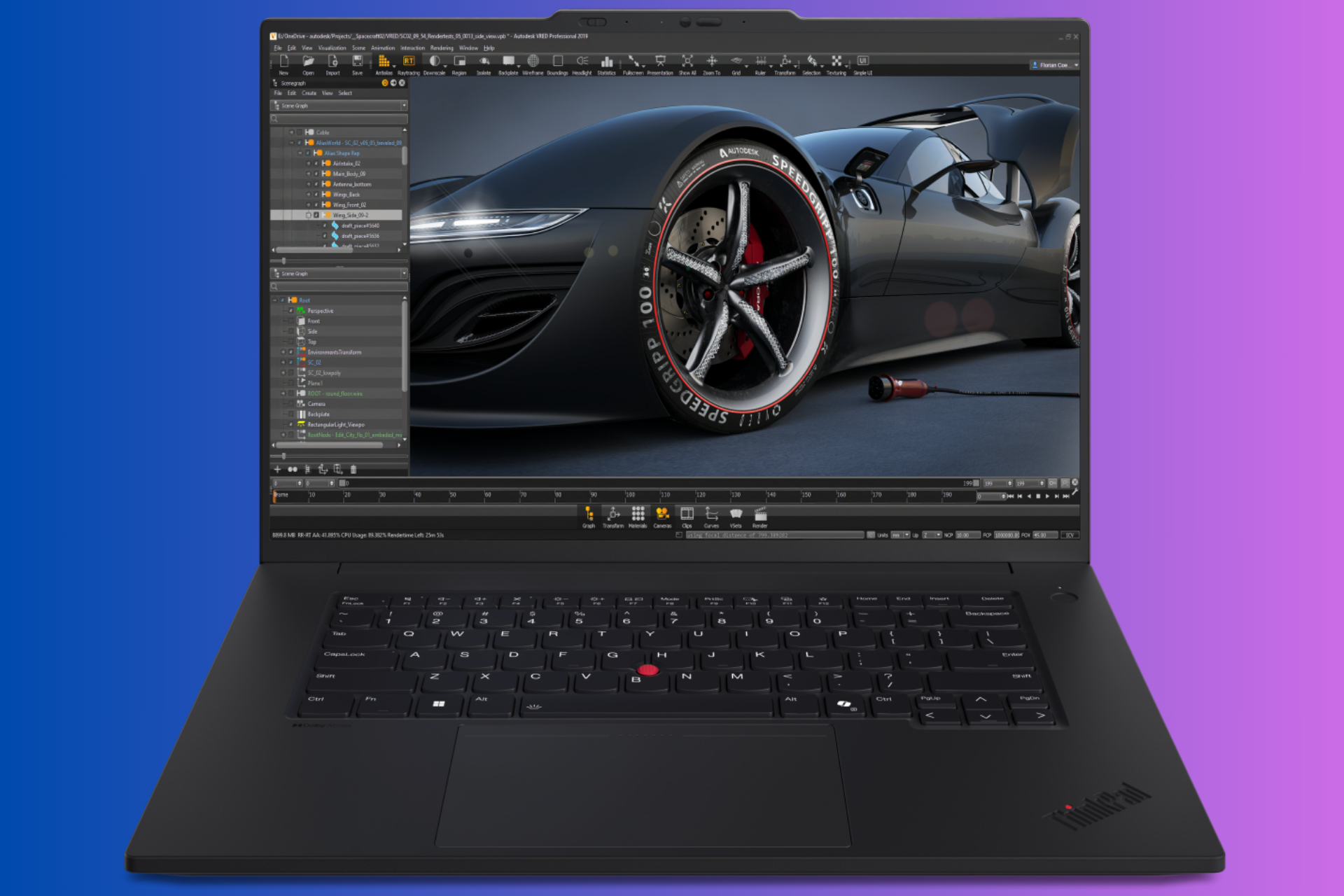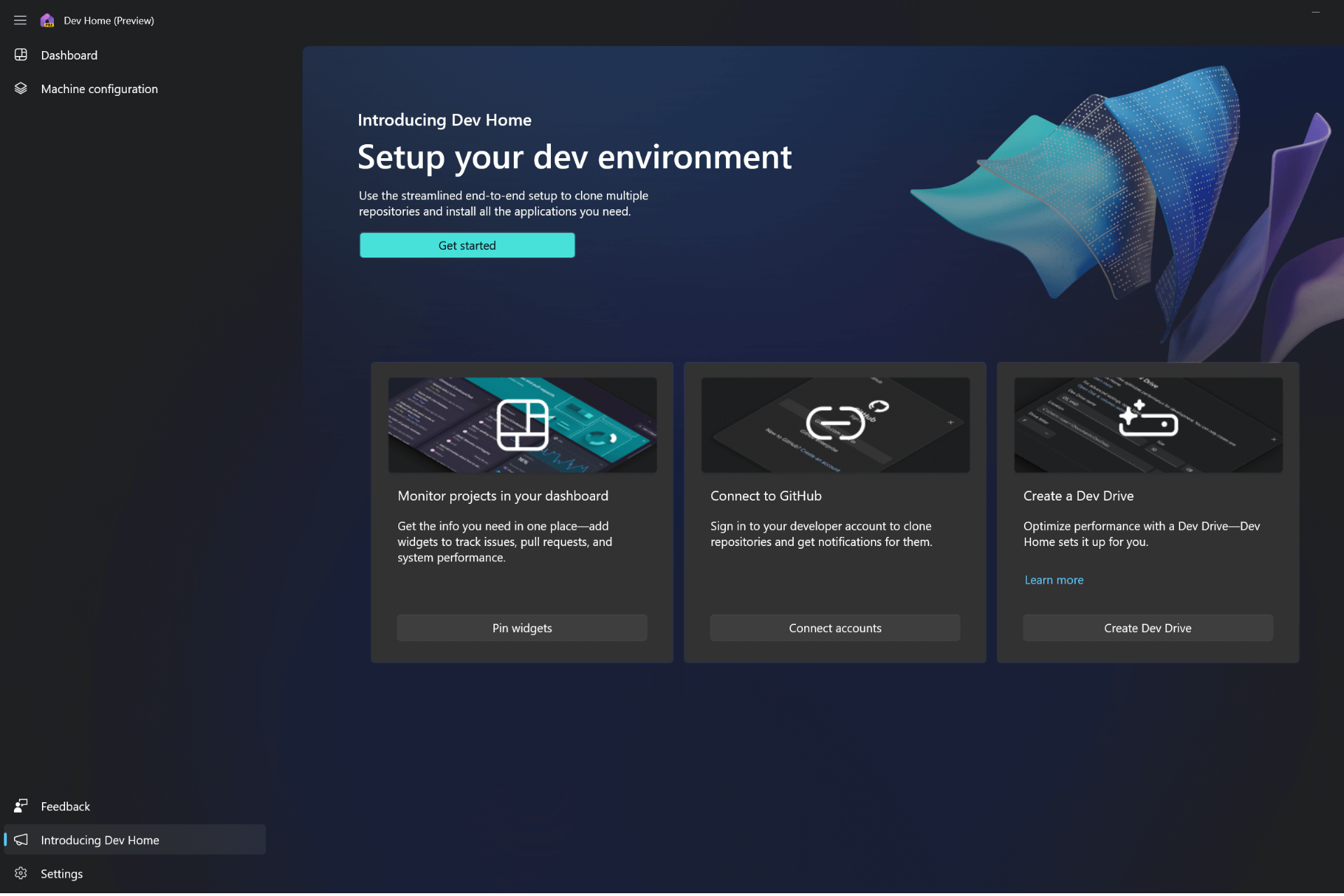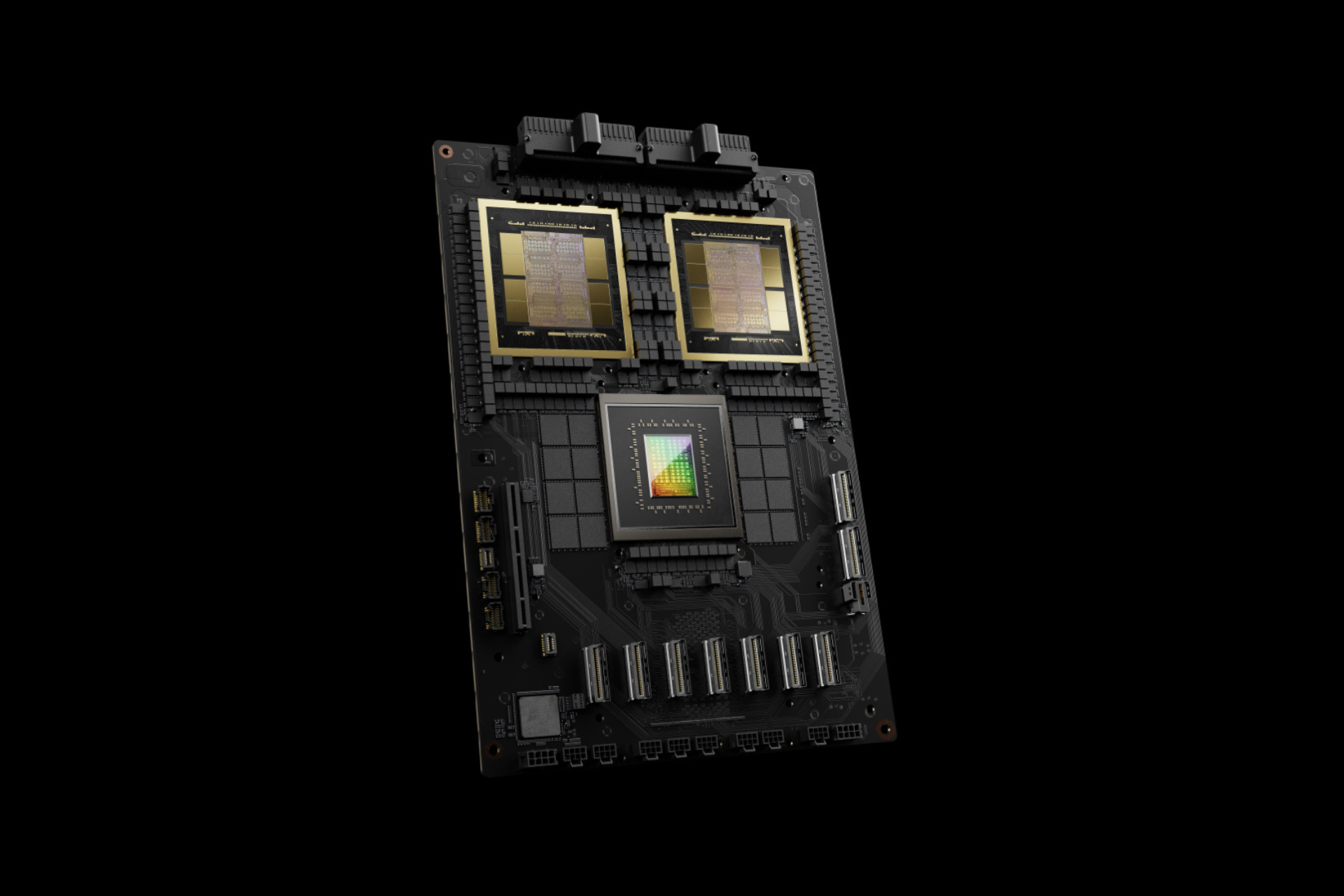Best AI Software for PC Available for Anyone in 2024
Enhance your PC with the power of the AI
4 min. read
Updated on
Read our disclosure page to find out how can you help Windows Report sustain the editorial team Read more
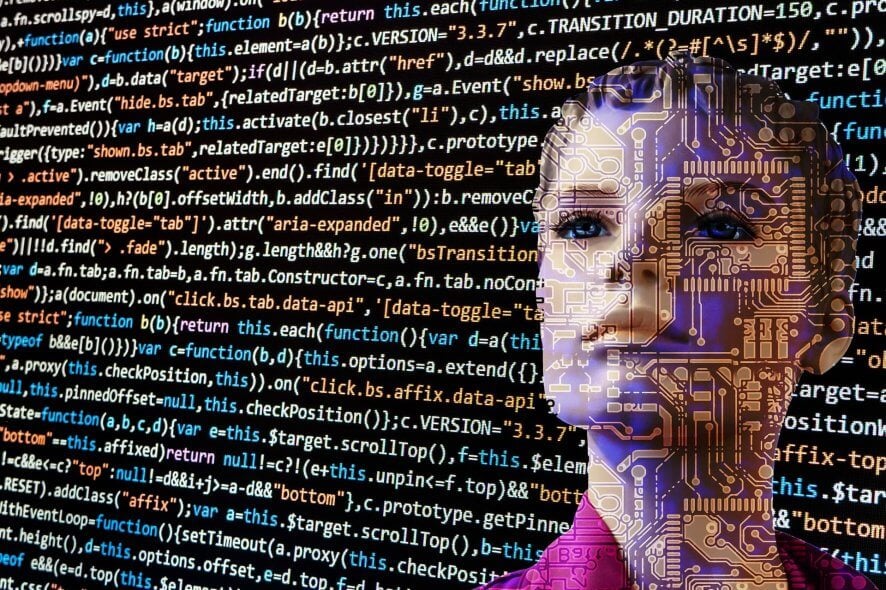
There is all sorts of AI software for PC, and finding the right tool might not be as simple as you think.
Luckily, this guide should help you find the right application for your needs, so keep on reading.
Top 5 free AI software to build smart applications
Braina – Best overall
Braina is an artificial intelligence software solution that can perform loads of tasks on Windows 10. It’s also an incredible virtual assistant that can help you accomplish various operations quickly and easier.
Braina, aka Brain Artificial, is a human language interface, automation, and voice recognition software that flawlessly works on computers running Windows.
This software lets you interact with your Windows 10 PC using voice commands. You can also convert speech to text in more than 100 languages.
Find out more about this free AI software solution by reading our Braina review.
Here are the key features of Braina:
- Voice controlled.
- Designed to help users with their tasks.
- Can be accessed from anywhere on the same Wi-Fi network.
- Outstanding speech recognition.
- Can work with other apps, websites, and more.
Braina has a free version called Braina Lite.
H2O.ai – Great for machine learning
H2O.ai was named a leader among the 16 vendors that are included in Gartner’s 2018 Magic Quadrant for Data Science and Machine Learning Platforms, and this is excellent.
H2O.ai is an amazing platform for enterprises that packs many extremely useful features and functionalities. It also offers a free AI software solution to test its functionality.
Here are the H2O.ai key features:
- About to create and train machine-learning models.
- Can design and deploy AI apps.
- Executives can analyze data sets and extract insights.
- Doesn’t require any extensive knowledge.
H2O.ai has a free trial.
Inbenta – Offers powerful search
Inbenta is a conversational platform that is able to deliver incredible and real results. It offers a free AI software solution and has industry-leading self-service rates of more than 90%.
The AI and lateral language processing aims to boost customer happiness at all times. Every brand means a lot to its customers; the best AI software is aware of this and acts in consequence.
Here are the key features of Inbenta:
- InbentaBot customer agent that is 24/7 available.
- Supports more than 25 languages.
- Powerful search technology that can read between the lines.
- Highly conversational skills.
- Seamless integration.
Inbenta has a free trial.
NVIVO – Offers better information organization
NVIVO is another excellent artificial intelligence software product. It targets qualitative data analysis but also offers a free AI software solution.
Whether you are working in a team or individually, you’re new to research or have lots of years of expertise behind you, you will definitely find an NVIVO option that will suit your needs and skills as well.
Here are the key features of NVIVO:
- Storing information.
- Fast and easy to use.
- Smarter insights.
NVIVO has a free trial.
Apache PredictionIO – Completely open-source
Apache PredictionIO is a bit different compared to the other artificial intelligence software tools on this list. It’s a free AI software solution and an open-source Machine Learning Server.
It means you can download, modify, and implement the Apache PredictionIO code into your products and services at zero cost.
It’s built on top of a fantastic open-source stack for developers and data scientists to create the most predictive engines for machine learning tasks.
Here are the key features of Apache PredictionIO:
- Quickly build and deploy an engine as a web service.
- Respond to queries in real time.
- Evaluate and tune more engine variants systematically.
- Unify data from more platforms in real-time for predictive analytics.
- Speed up the machine learning modeling with processes.
Apache PredictionIO is free and open-source.
These were our top 5 free AI software solutions you can use to build your own artificial intelligence applications. They come packed with sophisticated and unique features.
Before making your final decision, we recommend visiting these tools’ official websites to learn as much about them as possible.
This way, you will make a well-informed decision based on your AI-related needs and skills. And since AI software tools go hand in hand with other tools, we’d like to shift your attention toward SciSpace Copilot, which is also an AI-powered tool that helps simplify scientific content.
Before you leave, don’t miss our guide on the best open-source AI content generators and best AI websites for more information.
If you have any other suggestions or questions, please leave them in the comments section below.


